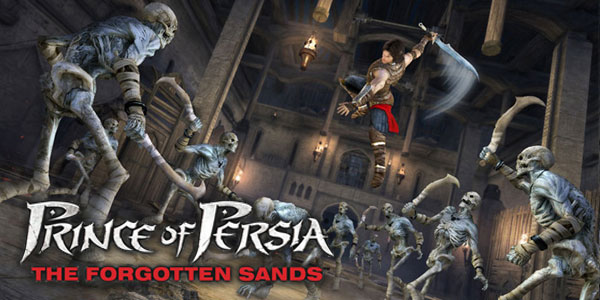
Exit light, enter night.
There’s a reason why great stories are often told in trilogies: the first volume introduces us to the characters, their motivations and setting; the second builds on these concepts and adds depth to the story without getting bogged down in explanation; the third is then well-placed to deliver a conclusion that makes sense within the universe of the fiction and ties up the loose threads. Attempts to create a tetralogy often lead to disaster (Alien Resurrection), prequels that satisfy but don’t quite fit with the original canon (Halo Reach) or even contrast sharply when juxtaposed with it (Tehanu of the Earthsea series).
Pretentious review introductions aside, no one asked for a sequel to the Prince of Persia: Sands of Time trilogy. That’s partly because only the first game was truly outstanding, with its sequels Warrior Within and The Two Thrones never recreating the whimsical charm and freshness. It’s also because the series was rebooted with 2008’s Prince of Persia, which I thought was an easy-going adventure unafraid to dispense with the contrived annoyance that is ‘dying’ in a modern video game. Unfortunately I wasn’t consulted when Ubisoft were deciding on a sequel and so here we are with Forgotten Sands, an ‘interquel’ (not my word) awkwardly sandwiched between Sands of Time and Warrior Within.
Wasn’t it a neat coincidence that Forgotten Sands turned up just in time for the Prince of Persia movie? You’d expect it to mirror the plot of the film, ridiculous poisoned cloaks and all, but instead the story goes like this: there are sand monsters on the loose- no time for questions, there just are- but luckily you meet an attractive female deity who gives you the ability to rewind time (several other abilities will be given out over time, because it’s a computer game). As the Prince, you spend the whole game chasing after your brother Malik who is so obstinate and blatantly not worth saving you’ll wish he were crushed by every collapsing pillar that separates you.
Naturally he won’t suffer any such fate: the game is too busy setting him up to be consumed by the malevolent sands so there’s a big scary boss to fight at the end. It’s such a flimsy attempt at storytelling you can see the staples holding the cardboard characters together. The Prince has no personality, so he has to make do with irrelevant sarcastic one-liners as a substitute for actual wit. While my sixteen-year-old self would probably appreciate this, I doubt anyone else will.
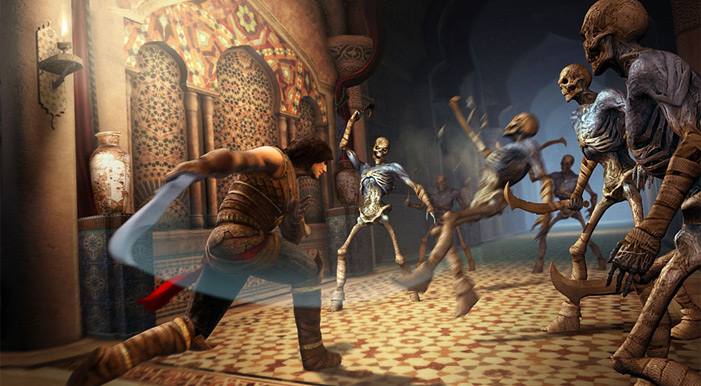
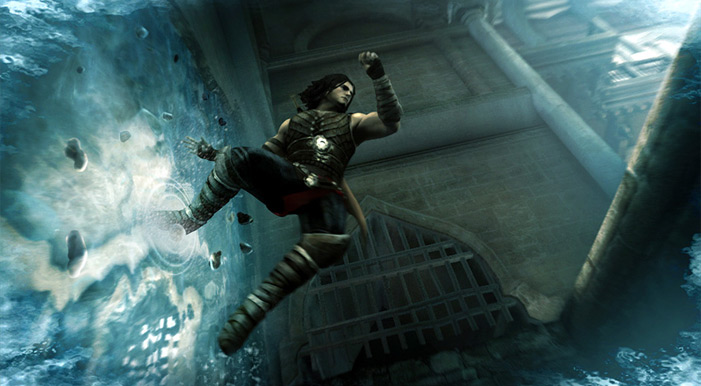
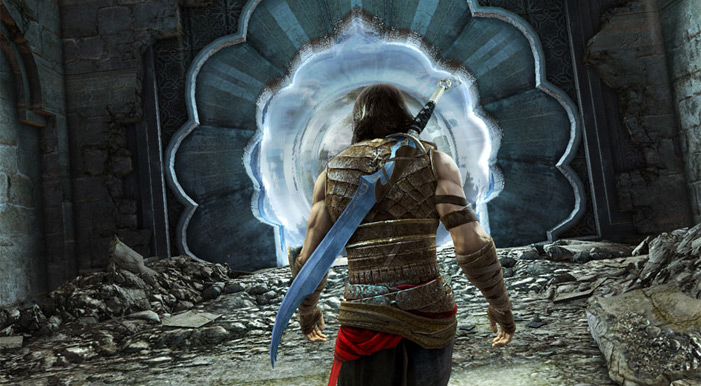
Forgotten Sands is an emotional sponge, sucking up all human feeling until your soul is as dry as the sand monsters you’re fighting. I finished it as a withered husk. It is a game designed by committee, clinically designed to provide all the elements a player would expect- combat, traps, puzzles- without any of the implied care and attention you’d normally associate with the franchise. Combat is lethargic and primitive: it never strikes the right balance between empowering the player and yet making them feel vulnerable. The three enemies are a generic sand skeleton, beefy skeleton dude and generic skeleton dude with a shield. I’ll write a brief walkthrough for the curious: defeat the first two by hammering the X button, while the shield bearers will require a kick with Y before resuming your X mashing. Elemental powers are included as a failed gesture towards breaking up the repetition, but you’ll use them for their methodical functionality and not their inherent coolness.
Prince of Persia: Sands of Time introduced the time-rewinding mechanic that has become the series’ defining feature, for better or worse. What looks like a one-trick pony in Forgotten Sands is revealed as a dead horse, mercilessly being flogged by the developers. Where Sands of Time used its time reversal mechanic to encourage exploration through the organic environments, here it acts as a crutch to prop up the lazy design permeating every crumbling façade of the game- in both senses of the word.
You can practically smell when the floor is going to crack under your feet, so heavy is the foreshadowing. You’ll swear you’re clairvoyant as enemies appear exactly where you’d expect them. You’ll roll your eyes as the floating camera pans around every room to show you exactly where you’re meant to be going, removing any sense of exploration or discovery. Navigating off the beaten track is actively discouraged: through a liberal application of presumed invisible slime, our hero’s attempts to traverse most walls are thwarted. Except for the ones necessary to progress through the game, of course. The ‘hidden’ sarcophagi filled with power-ups couldn’t be more obvious to locate if they spat fireworks at you. It’s like passing through a trans dimensional portal to a universe where Assassin’s Creed doesn’t exist, even though it was published by the same company and uses the same underlying engine. If that seems like a ridiculous concept, playing the game compounds the sense of bafflement.
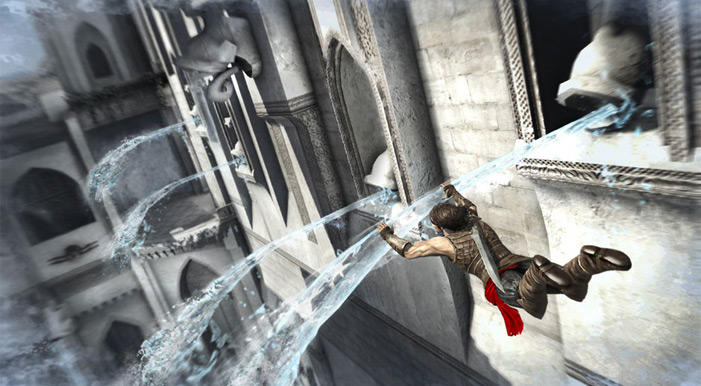
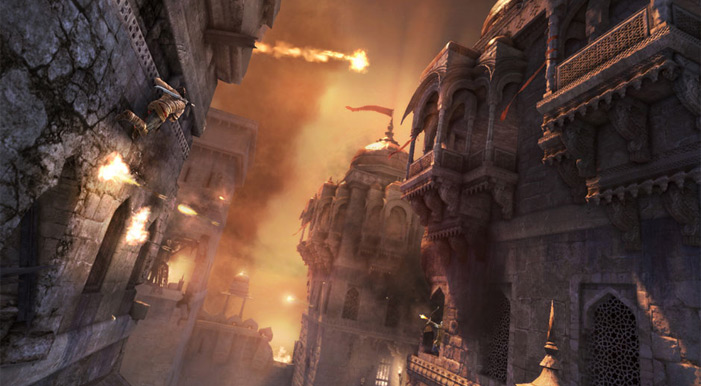
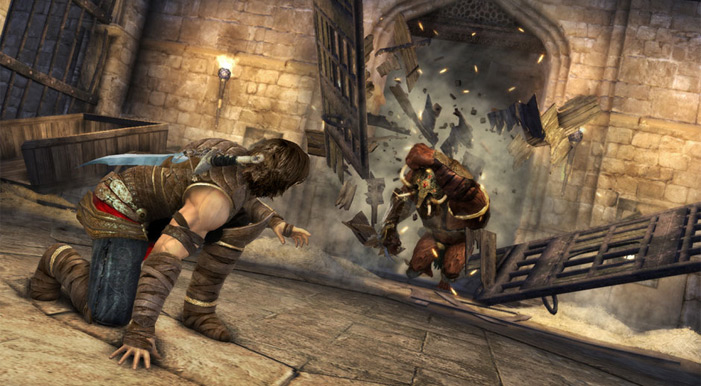
Is it really terrible to play? Not really. Does it having any glaring issues like broken controls, bugs, awful voice acting or setting your Xbox on fire? None spring to mind. By the end of the game the Prince has a lot of moves at his disposal and juggling them can make you feel like you’re controlling an octopus, but from a technical perspective it’s fine. Maybe it could use some serious flaws, because it’s such a bland and desensitising experience that the Prince getting stuck in a wall or a suspension of the laws of physics would liven things up a little. Everything is utterly predictable and it’s actually more exciting to reminiscence about Sands of Time than to slog through the detritus that was left on the cutting room floor. Compare this to Halo Reach, a title that managed to surprise and suspend disbelief even though you literally knew the ending before you’d started playing. In Forgotten Sands you don’t know the ending, but if you haven’t guessed it within the first five minutes of play then your optical prescription is in line for renewal.
Games aren’t kitchen appliances: their function comes not from being mechanical tools, mass-manufactured for mundane purposes. They must provide novelty in order to entertain us and games-by-numbers just won’t cut it. You know, I don’t have a lot of free time. I want to play games that amaze me with their ingenuity, that are consciousness-raising, that transcend the shackles of the medium through intelligence and excitement that films can’t match. The Forgotten Sands is none of these things. It’s just a collection of limp game scenarios burned apathetically on a disc, and we all deserve better than that.






